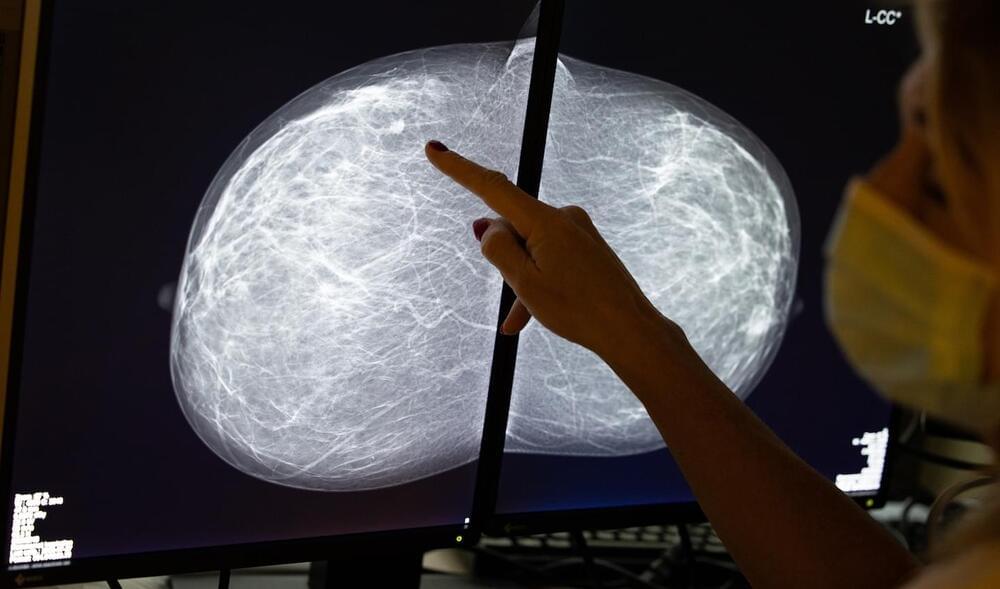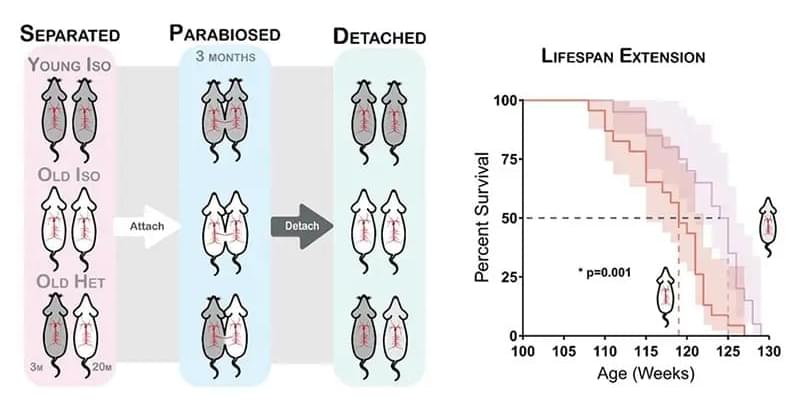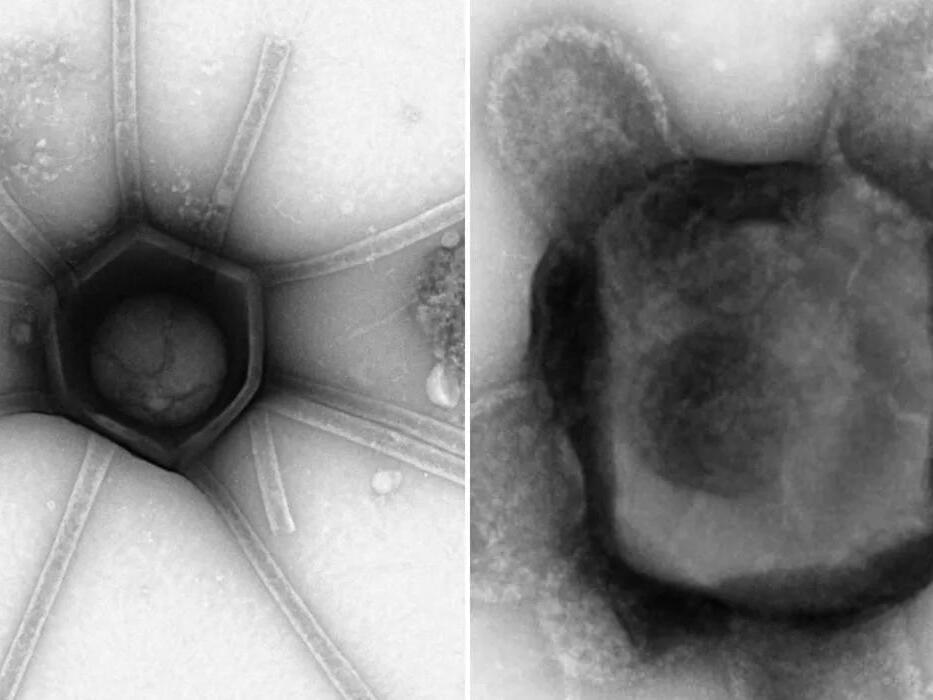As we age, our bodies undergo various changes that can impact our overall health and make us more susceptible to diseases. One common factor in the aging process is low-grade inflammation, which contributes to age-related decline and impairment. However, the precise pathways responsible for this inflammation and their impact on natural aging have remained elusive until now.
A new study led by Andrea Ablasser at EPFL now shows that a molecular signaling pathway called cGAS/STING plays a critical role in driving chronic inflammation and functional decline during aging. By blocking the STING protein, the researchers were able to suppress inflammatory responses in senescent cells and tissues, leading to improvements in tissue function.
The findings are published in the journal Nature.






